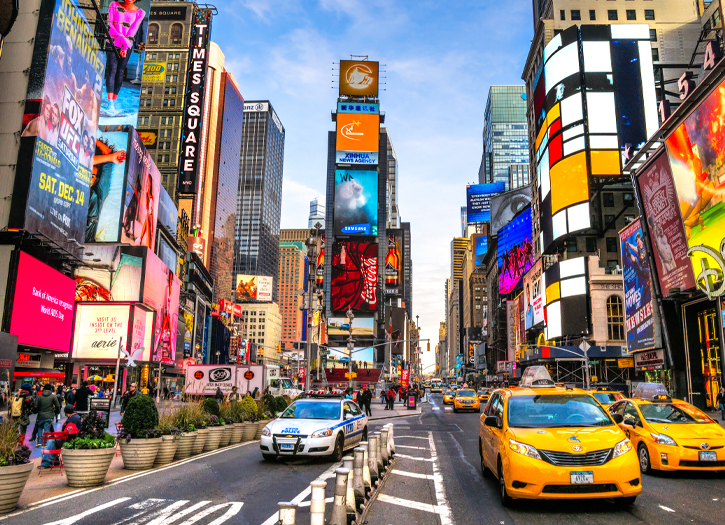The first case relating to the COVID-19 pandemic was confirmed in New York City in March 2020 by a woman who had recently traveled to New York City from Iran, a country already seriously affected by the pandemic at the time. Nearly a month later, the metropolitan area was the worst-affected area in the country, with its medical infrastructure overtaxed.
By April, hundreds of thousands of New Yorkers were out of work with lost tax revenues estimated to run into the billions. Low income jobs in the retail, transportation and restaurant sectors are especially affected. The drop in income, sales tax and tourism revenues including hotel tax revenue may cost the city up to $10 billion. Mayor Bill de Blasio has said the city’s unemployment system collapsed following a surge in claims and it will require federal assistance to maintain basic services.The ongoing pandemic is the deadliest disaster by death toll in the history of New York City.
The virus then grew exponentially: by March 25, over 17,800 cases had been confirmed in New York City, with 199 deaths.At the time, the city’s infection rate was five times higher than the rest of the country, and its cases and were one-third of total confirmed US cases. The reasons for the high infection rate continue to be discussed.On March 27, infection in New York City surpassed 23,000, with 365 deaths. . At least 40 businesses have lost their liquor licenses since March. Some restaurants have reported difficulty controlling the crowds gathered outside, despite hiring security.
By April 20, The New York Times reported that hundreds of thousands of New Yorkers were unemployed, with at least $7.4 billion lost tax revenue projected over the year. Broadway theaters, restaurants, hotels and the subway are among the most affected; construction and real estate development activities have halted, and millions of renters are uncertain as to how their rents will be paid. Law firms, financial services companies and other white collar businesses expect declining profits, and in some cases losses as a result of the pandemic. Between 475,000 and 1.2 million jobs, mostly low-wage positions in the retail, transportation and restaurant sectors, were expected to be cut by the end of April.
The drop in income, sales tax and tourism revenues including hotel tax revenue may cost the city up to $10 billion according to the Mayor’s office. De Blasio said “We’re not going to be able to provide basic services and actually have a normal society if we don’t get help from the federal government.” According to the New York City Independent Budget Office, a full economic recovery might not be achieved until 2024. Some stores and restaurants have closed permanently. Record Mart, the oldest record store in the city, announced that its shop in the Times Square–42nd Street station‘s mezzanine would not be reopening.
As of July 16, 2020, four Michelin starred restaurants had announced permanent closures: Gotham Bar and Grill, Nix, Jewel Bako and Ukiyo.Before the pandemic, a demographic study by the Brookings Institute had found that the largest metropolitan areas in the U.S., including New York City, had been losing population for several years. High rents and cost of living in the city contributed to slowing growth by the mid-2010s as salary in the city was no longer competitive after adjusting for the cost of living.
In July 2020, according to StreetEasy, there were more than 67,300 vacant rental units in New York City, the highest number since 2010. The median rental price in Manhattan dropped 10% from July 2019 to $3,167. Although there was an increase in people moving out of the city during the pandemic, the increase in vacancies was also attributed to the fact that real estate agents were also unable to show houses between March and June.
According to a New York Times article in September 2020, only one-fourth of large employers anticipated that their employees would return to their offices by December, while 54% expected their employees to return by the following July. Commercial office leases in the first eight months of 2020 also decreased sharply .







Add Comment
You must be logged in to post a comment.